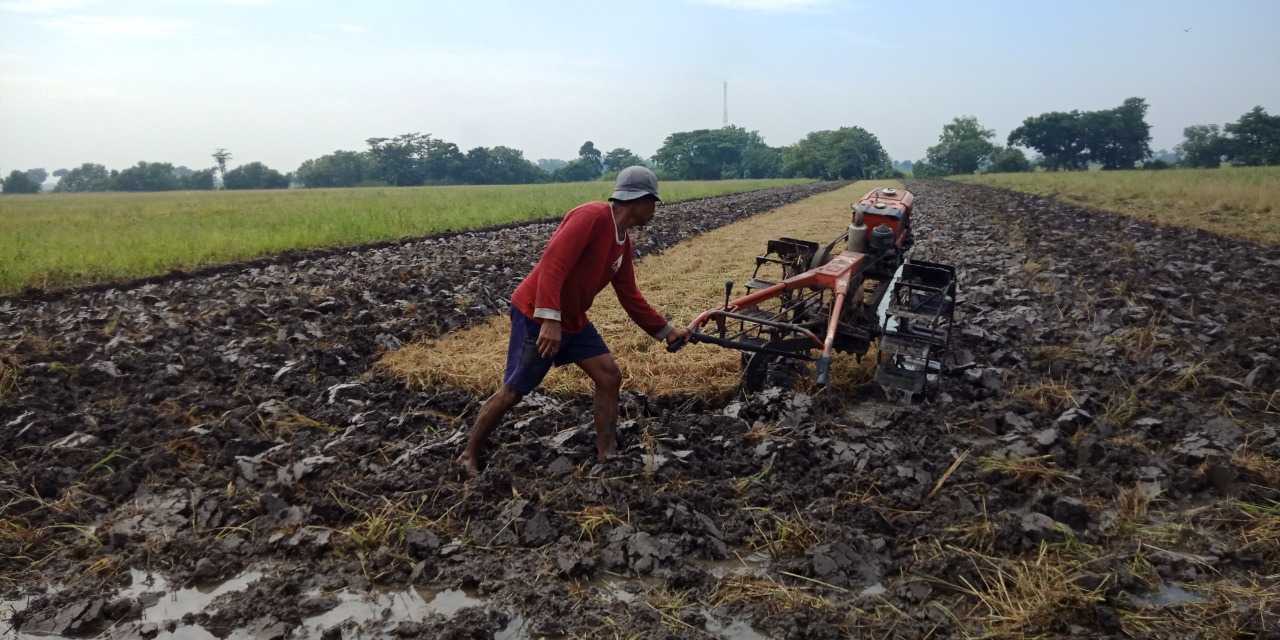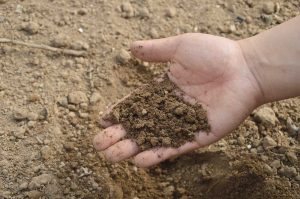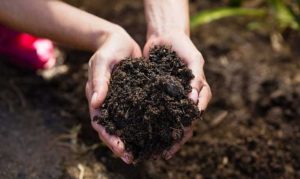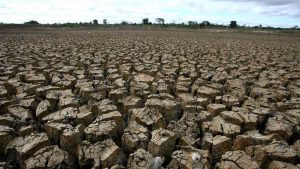Productive agriculture begins with properly managed soil, as soil serves as the fundamental foundation for plant growth. Soil quality determines the extent to which nutrients, water, and air are available and can be absorbed by plant roots to support optimal growth.
A clear understanding of soil characteristics (such as structure, texture, pH, and organic matter content) forms the first step in improving agricultural yields.
Systematic soil management also plays a vital role in maintaining land sustainability, keeping it fertile and preventing degradation from long-term use.
With the right approach, farmland can produce more abundant harvests while preserving the surrounding ecosystem, ensuring that productivity can continue to increase without compromising environmental carrying capacity.
Read Also : Secrets to Maintaining Soil Health for Optimal Plant Growth
Strategies for Managing Agricultural Land to Be More Productive
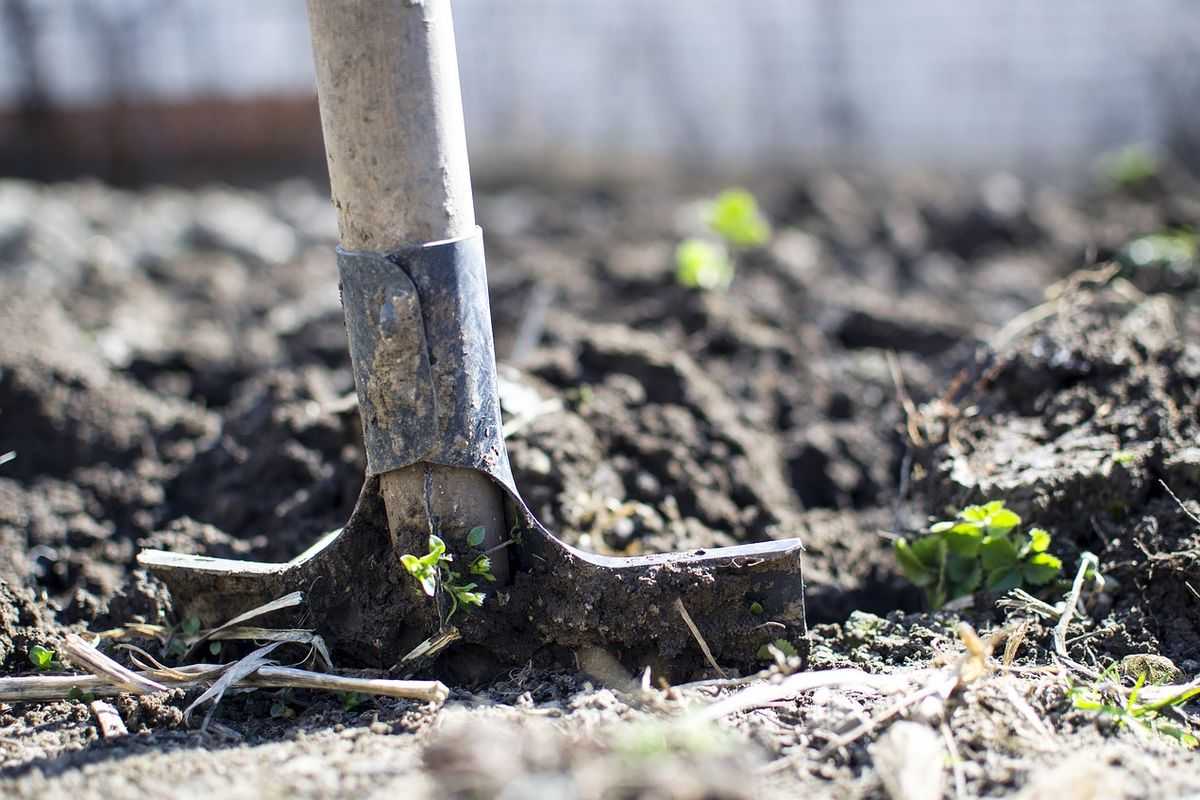
Here are strategies for managing agricultural land to make it more productive, which can be applied continuously:
1. Gradual soil tillage
Gradual soil tillage is an important step to maintain soil structure in an ideal condition for planting. Large-scale and direct overturning of soil often damages the top layer, reducing the function of microorganisms and organic matter within it.
By cultivating the soil little by little according to needs, the structure remains loose, soil pores are preserved, and plant roots can grow well. Proper stages of tillage also ensure fertilizers and organic matter are mixed evenly, keeping soil fertility intact.
In addition, the gradual method allows farmers to adjust land conditions to suit the type of crop being planted. For example, in clay soil, more intensive stages of tillage can help improve the texture and make it looser.
On sandy soil, lighter tillage is more advisable to retain water content. With a gradual approach, land productivity increases because soil conditions are more closely matched to plant needs.
2. Regular application of organic fertilizer
Organic fertilizer plays a major role in enriching soil nutrients while also improving its physical, chemical, and biological properties. Organic materials from compost, manure, or crop residues provide environmentally friendly nutrients that last longer in the soil.
Regular application helps maintain fertility, enhances water retention, and increases the availability of micronutrients essential for plant growth. Soils treated with organic fertilizer also retain moisture better, keeping land conditions stable even in dry weather.
Beyond supporting fertility, organic fertilizer also boosts microbial activity in the soil. Soil microorganisms help decompose materials, producing substances that accelerate plant growth.
Continuous use of organic fertilizer makes the soil more resistant to degradation from excessive chemical use. Thus, routine application of organic fertilizer forms the foundation for maintaining soil health and ensuring long-term agricultural productivity.
3. Balanced use of chemical fertilizers
Balanced use of chemical fertilizers yields good results when calculated correctly. Chemical fertilizers contain macro- and micronutrients that are more readily absorbed by plants, helping accelerate growth.
However, excessive use can damage the soil’s natural structure and disrupt microbial balance. Therefore, precise application according to crop needs is crucial to avoid long-term damage.
Using chemical fertilizers at appropriate doses keeps land productivity high without reducing soil quality. Combining them with organic fertilizers is even more effective in maintaining nutrient balance.
When applied wisely, chemical fertilizers not only support fertility but also improve crop yields in both quantity and quality. This strategy is a key part of optimizing farmland with a sustainability focus.
4. Regular crop rotation
Crop rotation helps maintain soil fertility by reducing the depletion of specific nutrients. Growing the same crop continuously on one plot exhausts the same nutrients, leaving soil nutrient-poor.
By alternating crops regularly, soil nutrient demands are balanced, and risks of pests and diseases are reduced. Rotations such as rice, corn, soybeans, or legumes have proven effective in boosting long-term productivity.
The benefits of crop rotation go beyond fertility improvement; they also enhance soil structure. Different root systems influence soil uniquely, such as adding organic matter, improving aeration, and increasing nutrient availability.
Leguminous plants, for instance, naturally add nitrogen to the soil. With planned rotations, farmland remains fertile and productive while reducing reliance on external fertilizers.
5. Planting cover crops
Cover crops protect the soil surface from direct exposure to rain and sunlight. Bare soil is prone to erosion, moisture loss, and reduced organic matter.
With cover crops, soil evaporation is minimized, keeping the land moist for longer. Additionally, residues from cover crops decompose and contribute organic matter, enriching the soil for main crops.
Using cover crops such as peanuts, mung beans, or specific grasses has proven effective in improving soil health. Their roots enhance soil structure, improve aeration, and reduce compaction.
They also suppress weed growth that competes with main crops. This strategy makes the soil more protected and fertile, supporting sustainable agricultural productivity.
6. Efficient irrigation system management
Water is a key factor in agricultural productivity, making careful irrigation management essential. An efficient irrigation system delivers water according to plant needs without causing waste.
Land that remains flooded for too long can damage soil structure and disrupt root respiration. On the other hand, insufficient water slows plant growth and reduces yields.
By applying technologies such as drip or sprinkler irrigation, water can be distributed more evenly and precisely. These systems reduce the risk of waste while maintaining stable soil moisture.
Efficient irrigation also minimizes erosion from excess water flow, ensuring nutrients remain in the soil. With good irrigation management, agricultural productivity can be optimized without damaging the land’s ecological balance.
7. Optimal soil pH management
Soil pH is an important indicator that determines the soil’s ability to supply nutrients to plants. Soil that is too acidic or too alkaline hinders nutrient absorption, preventing crops from reaching their full growth potential.
Keeping soil pH within the ideal range for each crop is essential to maintaining land fertility. Changes in pH can be controlled by applying agricultural lime or specific organic materials to balance soil acidity.
Proper pH control also helps soil microorganisms remain active and function optimally. Soil microbes play a vital role in decomposing organic matter and enriching the soil with nutrients.
With balanced pH, biological processes in the soil run smoothly, ensuring plants receive sufficient nutrition. Regular soil testing and adjustments help maintain quality, supporting long-term agricultural productivity.
8. Use of modern tillage technology
Technological advancements provide many efficient and effective tools for soil tillage. Modern plows, tractors, or soil breakers speed up land preparation.
These tools also produce more uniform tillage results, ensuring the soil is ready for planting in less time. Furthermore, modern machinery reduces farmer workload and shortens preparation time.
Modern technology also supports precision farming practices that allow more accurate adjustments to soil needs. For instance, soil sensors can measure moisture and nutrient content, enabling targeted fertilization and irrigation.
With the use of technology, soil tillage becomes not only faster but also of higher quality. This supports increased yields while ensuring sustainable land management.
9. Environmentally friendly weed control
Weeds are one of the main obstacles to agricultural productivity, as they compete with crops for water, light, and nutrients. Environmentally friendly weed control is important to keep soil healthy and free from chemical residues.
Manual methods such as hand-weeding or using natural mulch suppress weed growth without disrupting the soil ecosystem. This approach also prevents weeds from developing resistance to chemicals, making control more effective in the long term.
In addition to manual methods, certain cover crops can be planted as a strategy to suppress weed growth. Cover crops block sunlight and space, preventing weeds from developing.
This natural control preserves soil fertility by maintaining beneficial microorganisms. With environmentally friendly strategies, weeds can be sustainably managed without compromising soil health.
10. Preservation of beneficial soil organisms
Soil organisms such as earthworms, mycorrhizal fungi, and decomposer bacteria play a major role in maintaining soil fertility.
Their presence accelerates the decomposition of organic matter, making nutrients more quickly available to plants. Their activities also improve soil structure, keeping it loose and capable of storing water effectively. With healthy soil conditions, plants grow more optimally, leading to increased productivity.
Maintaining beneficial soil organisms can be achieved by adding organic matter, avoiding excessive pesticide use, and keeping soil moisture stable.
These efforts keep organisms active and functioning properly. Soil rich in beneficial organisms is more resistant to degradation and remains stable over time. Preserving soil organisms ensures a balanced micro-ecosystem beneath the surface, supporting sustainable farming.
11. Application of natural mulching systems
Natural mulching is an effective strategy for maintaining soil moisture while suppressing weed growth. Mulch made from straw, leaves, or crop residues covers the soil surface, preventing excessive evaporation.
Mulch also stabilizes soil temperature, especially under extreme weather conditions. Crops grown in mulched soil tend to be healthier and more resistant to drought.
In addition to conserving moisture, natural mulch enriches soil organic matter as it decomposes. The breakdown process adds nutrients that benefit crops.
Mulch also helps prevent erosion during heavy rainfall, preserving soil structure. Applying natural mulching is a cost-effective and eco-friendly way to improve farmland quality.
12. Proper land drainage management
Good drainage is essential to prevent excessive waterlogging. Standing water for long periods causes root rot and reduces yields. A well-designed drainage system channels excess rainwater or irrigation away from the field, keeping soil conditions ideal for root growth and nutrient absorption.
Effective drainage planning includes creating structured waterways and arranging planting beds according to land contours.
This not only prevents localized flooding but also reduces erosion risks. Well-managed drainage systems help maintain soil stability in the long term. With proper water management, farmland can be fully utilized without losing its quality.
13. Implementation of conservation farming systems
Conservation farming emphasizes the importance of protecting soil from degradation. Techniques such as minimum tillage or no-till farming reduce soil structure damage and help retain moisture.
This system also preserves crop residues on the soil surface as protection against erosion. As a result, soil fertility is maintained, and agricultural yields can be sustained.
In addition to protecting the soil, conservation farming reduces energy use and tillage costs. Farming activities become more efficient because the soil does not need to be intensively worked every planting season.
This approach also helps keep soil organisms active in improving land quality. Through conservation farming, land sustainability can be maintained without reducing agricultural productivity.
14. Utilization of agricultural waste as compost
Agricultural waste such as harvest residues, straw, and plant stalks can be reused as compost. This practice reduces waste while producing high-quality organic matter.
Compost made from agricultural waste improves soil structure, enhances water retention, and supplies essential nutrients for crops. Furthermore, using compost helps reduce fertilizer costs.
Compost use also supports the development of sustainable farming systems. By recycling their own waste, farmers reduce reliance on chemical fertilizers that risk degrading soil quality.
The nutrients in compost are more balanced and safer for soil microorganisms. With this strategy, the farming cycle becomes more efficient since waste generated from cultivation returns to benefit the land.
15. Regular soil condition monitoring
Routine soil monitoring is vital to detect changes in land fertility. Soil analysis provides information on pH levels, nutrient content, and soil moisture.
With this data, corrective measures can be taken immediately according to crop requirements. Regular monitoring ensures land management is more targeted and efficient.
Soil testing also helps identify potential problems early, such as nutrient deficiencies or structural changes. Fertilization, irrigation, or tillage methods can then be adjusted based on the findings.
Soils that are regularly monitored are easier to maintain in a fertile condition. In this way, agricultural productivity can be preserved and even increased over time.
Comprehensive soil management increases agricultural productivity sustainably. A balance between traditional and modern techniques provides positive impacts on harvest outcomes. Good soil management ensures the long-term availability of fertile land for future generations.
Read Also : 8 Simple Steps to Improve Soil Structure for Better Looseness

